I’m guilty of this, so I feel a bit hypocritical, but it needs pointing out that our body is extremely influenced by what our brain says about it.
We latch onto things. Parts of our physical health come to define us as a person: “I have a bad back”, “that’s my bad shoulder”, “I’m so bad at catching”, “my balance is terrible” … and we just… accept it.

The nutrition world seems to be ahead of the movement world in this regard. It’s well known that being overweight can be changed through diet; people can easily see the correlation between eating less/eating better foods and their health & weight… it’s no mystery why you’re piling on the pounds when you’re on your fifth takeaway of the week.
And I understand, when it comes to pain the body can be more complicated. Sometimes there’s no rhyme or reason for why your body feels the way it does, hell, sometimes you’re just a bit sad or stressed. But if you actively avoid moving because you feel stiff, or you “know” that your knees will be sore afterwards then you’re just that overweight person eating their five takeaways and saying their diet isn’t working: you’re not giving yourself a fighting chance.
It really is so weird the things we tell ourselves. Using myself as an example, years ago I believed I had a bad shoulder that “couldn’t be fixed” … even though there are millions of people who have injured their shoulders and recovered absolutely fine… but I’m different you see! Nobody else’s is like mine! It had nothing to do with me having zero upper back mobility, one unstable shoulder from constantly rubbing it with a lacrosse ball and paying for intense pec massages every week, and one super tight shoulder from compensations, while trying to do CrossFit… no, no, I was just unlucky… that was just how I was built.
Fortunately for me I was shown better ways to do things fairly quickly, so I didn’t live with these beliefs for too long, couple of years at most – not ten to twenty years like some people I meet now.
You are just a complex series of levers and pulleys. Sometimes when they aren’t moved right, they get cranky, and there are always exercises that you can do to change that, they just take time and conscious effort, and everyone’s timeline will be different depending on their starting point.
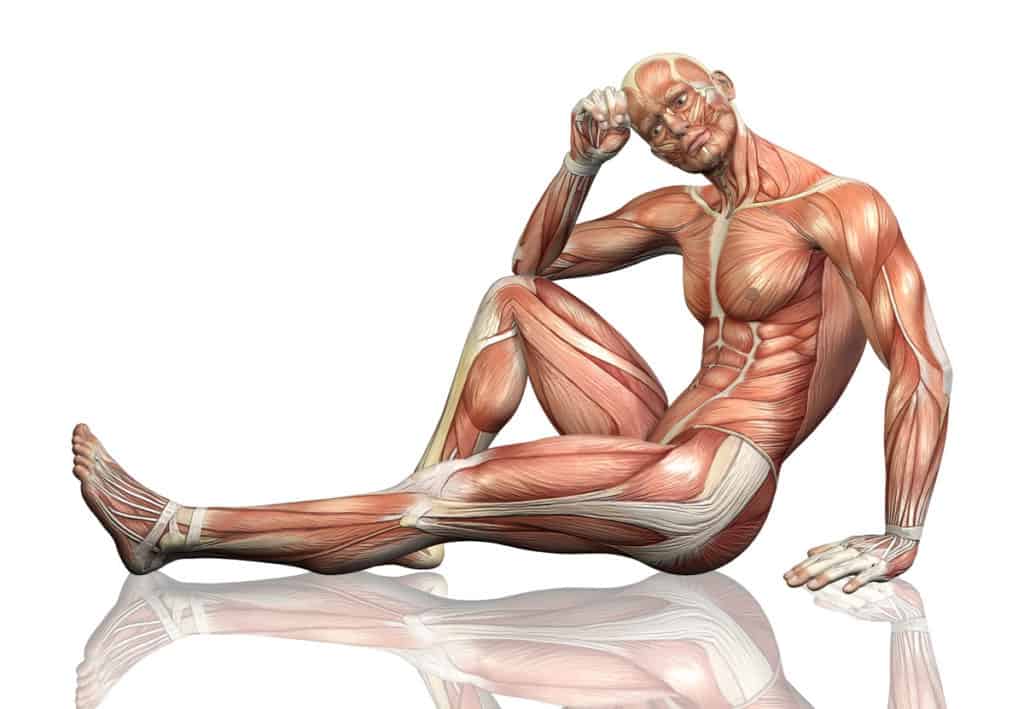
You are not special. I am not special. But when you start to convince yourself that you are, when your brain goes into full defence mode and you convince yourself that you can’t be helped, then guess what?
You can’t be helped.
Yeah, I know, you’ve tried loads of stuff and nothing’s worked, right?
You may as well have said “It’s the weekend! Cheesecakes don’t have calories on Saturdays!”, both statements have the same level of folly.
I’m not just being mean, nor thrusting the “stop complaining, just get on with it” mentality onto everyone. I want to help people, I really do. I’ve been at the extreme end of pain ruling my life. There was a point when I couldn’t move without pain and I had to battle with that voice in my head that said: this was just my life now, I have a bad back, I can no longer do stuff because of my back.
It was so bad that all I could do was roll from side to side on the floor and squeeze my glutes a little. But guess what? Doing that helped, it made standing up a bit less painful. I did it again the next day, and then the next, and the next, and I transformed from being in constant agony to having a few hours a day feeling cautious, but not sore.
Doesn’t sound like a very sexy training program does it? But that’s what I needed to do then to make progress.
And guess what, over time I built up to the mornings being tight but not sore, then the mornings got slightly better, and then my flexibility increased and then…!!
GUESS WHAT…?!
My back suddenly twinged again, and I was right back to the start. As bad as I ever was.
“The disc has gone again”
“This is never going to go away; I need to accept it”
“I need to be careful or I won’t be able to walk”
“My wife is going to leave me because I am a pathetic man”
“I can’t even hold my own child”
It all comes floating back in, that voice trying to convince me that this injury defines my life. So, you know what I did?
I got back on the floor, I rolled from side to side and squeezed my Glutes, in absolute agony. Let me stress this: it was excruciating to even get down to the floor. The weight of my own legs would make me yell in pain, but I KNEW this helped last time.
This happened again and again until I was able to spot the signs of a “set back” and actually become dominant over my body freaking out on itself. The slightest bit of after-training tightness would trigger my brain, it’d desperately try to convince me it was my back going again, but no, I knew it was just normal tightness that anyone else would get, I was just hypersensitive to it now. Understanding and reminding myself of that genuinely gave me instant pain relief.
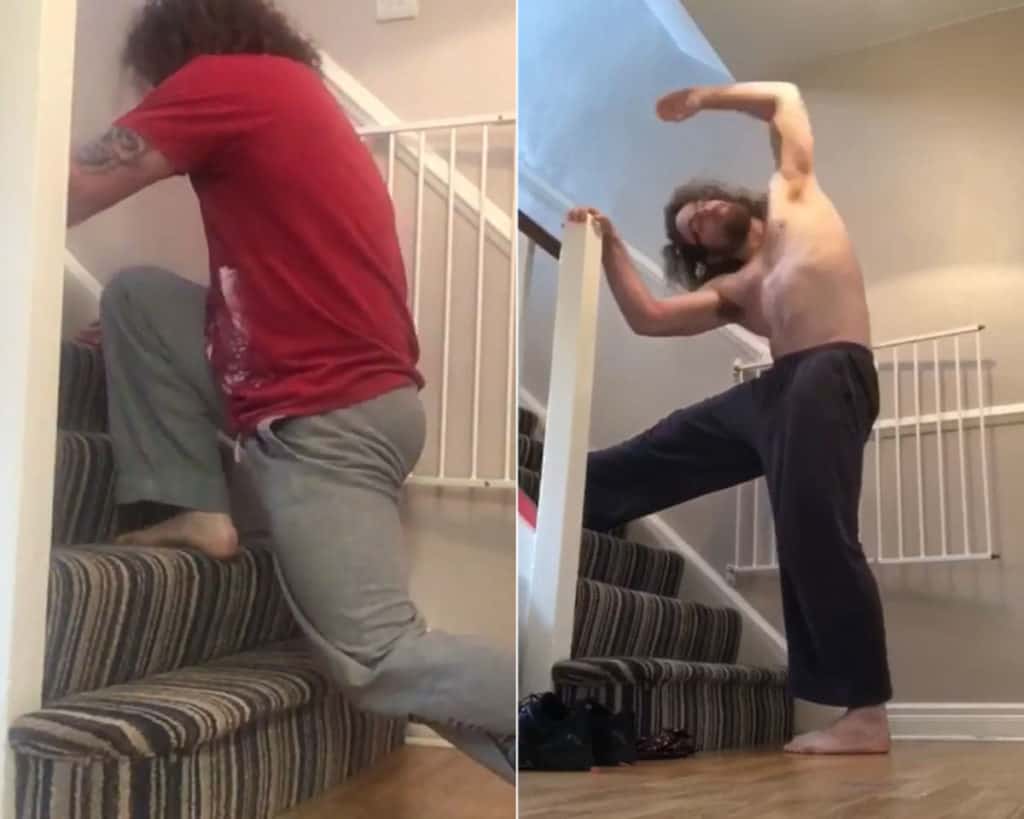
Am I saying it’s easy? Not even one bit. Learning how to notice, rationally evaluate, react to, and change how your body feels physically using only your own thoughts is a skill in its own that takes time to develop, but it’s worth the effort to challenge that negative voice.
Your brain & CNS are trying to protect you, but their responses can be very primal: that hurt, NEVER DO THAT AGAIN! Our fancy-pants lifestyles, with no chance of starving to death if we break a leg, experienced medical professionals on hand 24 hours, and wealth of knowledge at our fingertips, mean that such a protective reaction is often unjustified and way over the top.
Not only is your brain being a Drama Queen, but it also thinks you’re super-duper special (don’t worry, we all do it… but I am actually super-duper special). This means you genuinely start believing that you need something magical, intense, and overly complicated to fix you. This can be overwhelming and lead to total inaction, or you try and “get to the bottom of it” and go deep into learning the names of individual muscles in the area of your pain, discovering that your problem is you didn’t activate your piriformis properly at the last full moon.
Unless you specifically tore a specific muscle, broke a specific bone etc. 99 times out of 100 your pain will be caused by: inactivity, overtraining, poor movement or incomplete training, and no amount of 3 sets of 12 infraspinatus-targeting exercises will fix that.
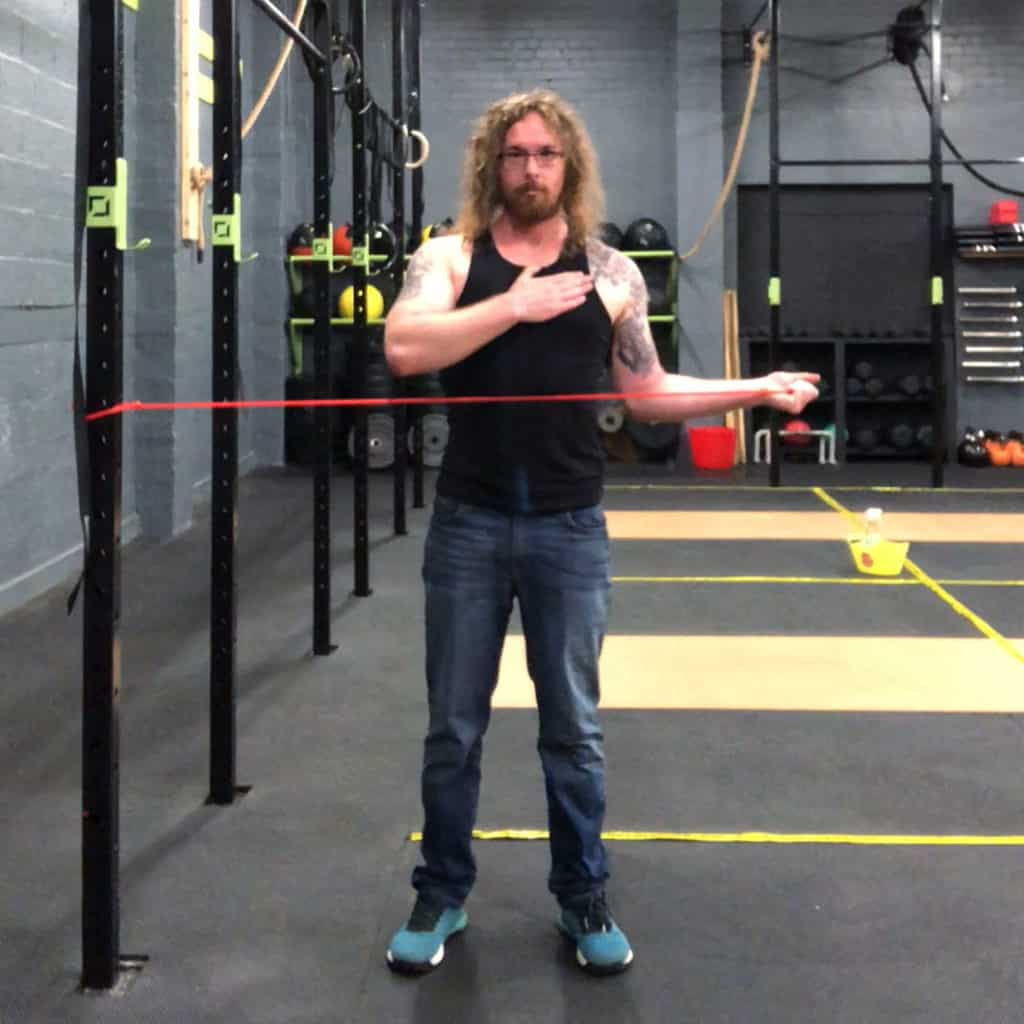
It is just so easy and comforting to label yourself with something, we find it so hard to accept/admit the simple things that we don’t do because it’s a flaw we don’t want to see, rather we want it to be the fault of something out of our control. But the more you try to find out what’s “wrong” with you, the scarier answers you will find. It’s no different to people who convince themselves the reason for their recent “bloating” is they must have developed an intolerance to MSG, instead of admitting it’s probably the other aspects of their diet & recent increase in takeaways that’s the issue. Sometimes there really are simple answers right in front of you.
Just like cutting your takeaways back to 1 a week will help, there’s also things you can do to fix your pain. My back injury eventually led me to creating the Simplistic Mobility Method which gives you everything you need to address your issues head on, but it also includes a basic starting point for those of you who are currently suffering badly: Head to Toe Mobility. 5 minutes of checking in, moving your body, seeing if somewhere is too tight, or too loose. And this is where the “but I’m special” thoughts creep in: if you’re suffering 24 hours a day with a pain in a place that you can point to, what good will 5 minutes of casually moving around do?
Well, maybe nothing dramatic, but it’s a start.
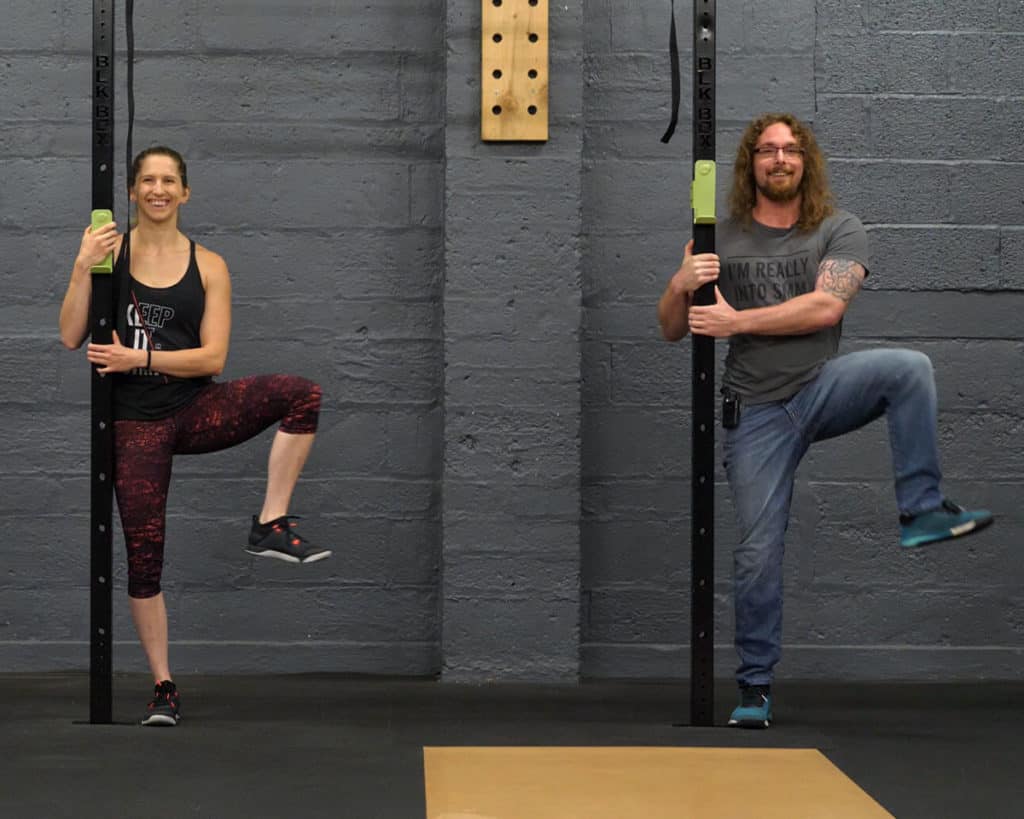
If you compound a daily 5 minutes over of a month, you’ll get more benefits than if you did nothing at all – and almost certainly learn about your body & your pain along the way. Over the course of a few weeks, you may even find your mood lifts, you want to do more than 5 minutes, maybe one day you do 10… maybe one day you go crazy and do 30!
If you discover something that helps (and, by the way it might take a few weeks of doing something before the benefits become apparent), even if it means getting up thirty minutes earlier every day to do a routine, you just do it. What’s 30 minutes compared to the rest of your life?
Jenni and I regularly talk about that fine line between doing the stuff you “should be doing” and actually enjoying your training.
She’s had so many injuries over the years due to her hypermobility, but she never lets it define her. She does the boring stuff she needs to do (…most of the time) to allow her to do what she enjoys. That voice in the back of her mind telling her that she’s too “fragile to try that” or that “her shoulders are too unstable for that” etc. never left, but she just kept strengthening everything she could and worked around her pain – and I’ll tell you now, she went from being hurt all the time, in the corner doing boring “rehab” stuff while everyone else was having fun, to doing all the cool stuff that people wish they could do, but don’t have the patience.
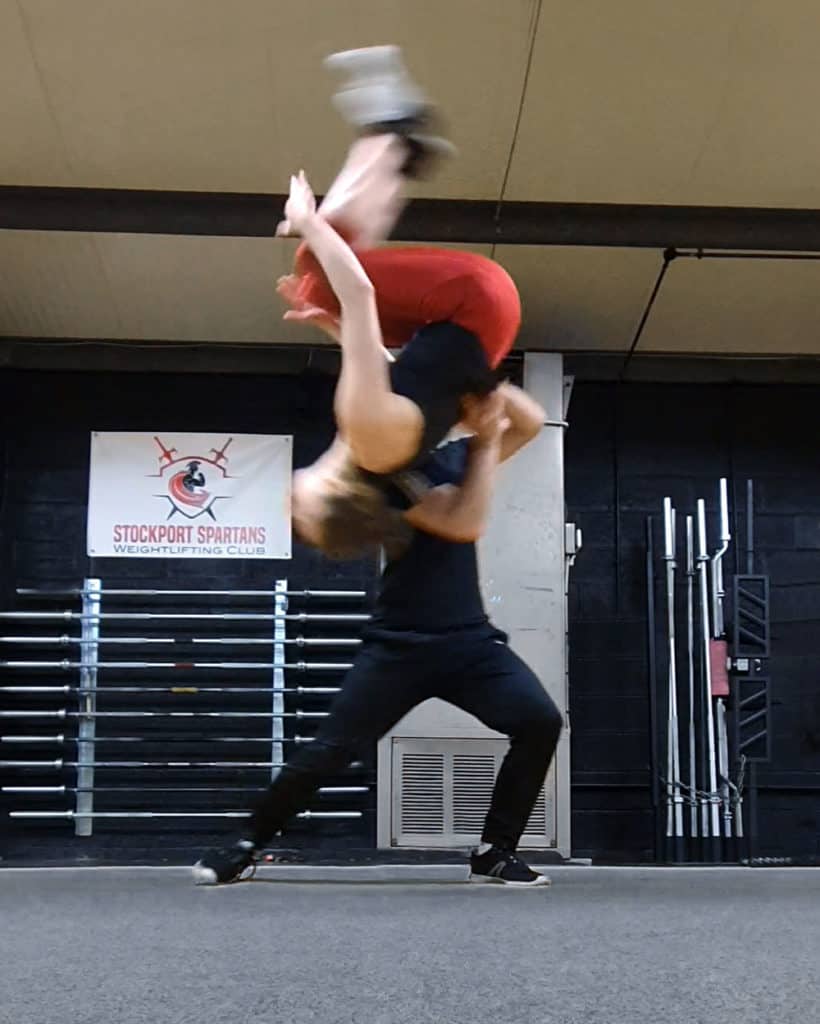
Self-labelling and self-sabotage kill more people’s potential than injuries do. Your body will give you signals and negative thoughts when it is unsure of itself to stop you potentially causing more damage, but these reactions don’t take into account your ability to adjust, adapt and change what you’re doing. That negative thought process is what makes you weaker and more fearful: the longer you stick in that rut, the longer it takes to get out of.
If it’s not a serious, hospitalising disaster and you haven’t literally fallen on a spike, the first thing you want to think is: how can I work around this, how can I figure out why it happened and prevent it from happening again?
Don’t let you talk you out of things! Think rationally. Seek advice from people that know more than you and people that have been in the same situation as you – they are out there. Yes, your path may be slightly different to others, but seeing someone go through something similar and come out the other side will help you to keep your motivation.
So, EAT THE TAKEAWAY! But do your stretches too!

